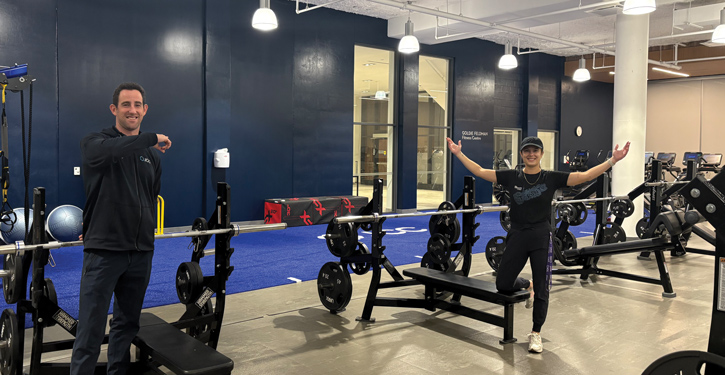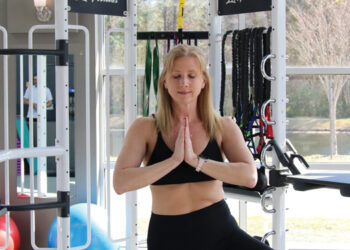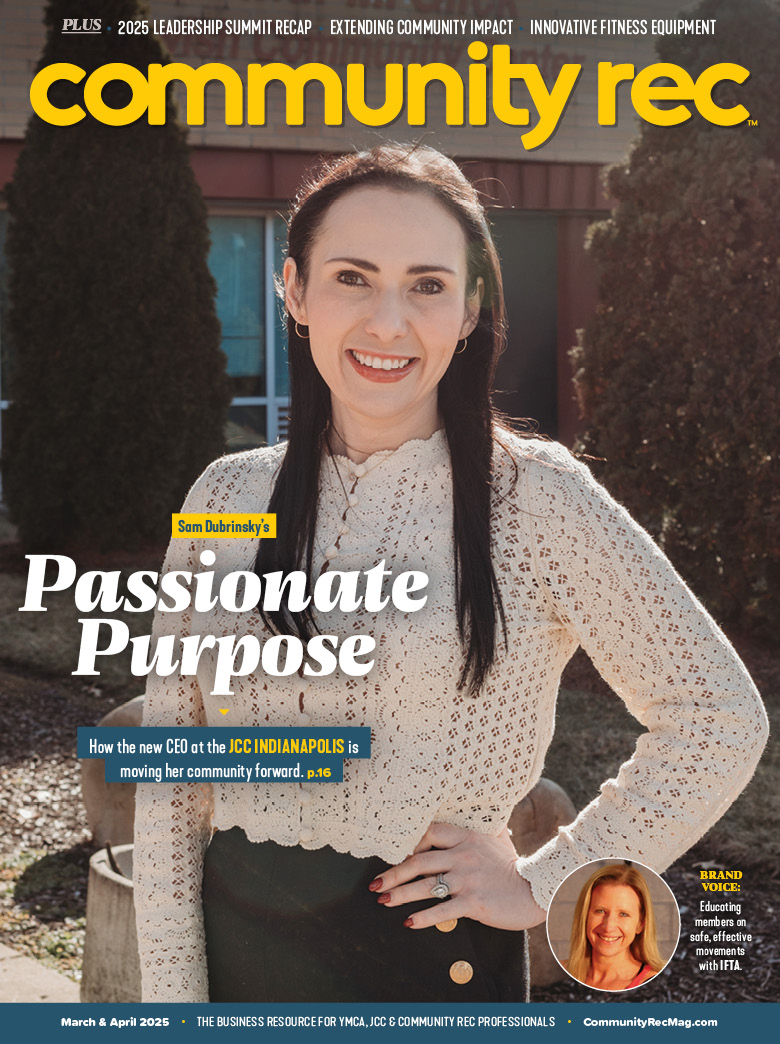Innovative fitness equipment and spaces rec centers are implementing to improve member experience.
Community rec centers are evolving beyond traditional fitness offerings by integrating innovative equipment and spaces that cater to a diverse range of member needs. These upgrades reflect an understanding that fitness trends are changing, and adaptation is necessary to remain relevant and engaging. As such, community rec leaders are exploring new ways to keep their facilities both cutting-edge and welcoming.
“The Y used to have a reputation for having older equipment so showing we have innovative equipment and have updated some things has helped us,” said Molly Nevins, the associate executive director of the Oak Parks YMCA — a branch of the YMCA of Metropolitan Lansing —and regional fitness director. “The more we can show we’re keeping up on the trends, replacing the equipment, and investing in our facilities and members has helped with retention and getting some of our old members back.”
One area the YMCA has seen growth in is functional training. While selectorized equipment is still heavily used, more people are looking to exercise in different ways. “It allows them to workout a little bit outside basic movements,” said Nevins. “Traditional equipment is great but having different, more functional fitness options is helping people train for life as opposed to just simply training to workout.”
Keeping a pulse on what members want and ensuring you’re providing the best equipment possible can be intensive, but Nevins recommended surveying or listening to member suggestions. When multiple people mention a certain piece, she knows it’s worth considering. Nevins also frequents fitness conferences to see new pieces from vendors and tests them out. Throughout the process, she keeps member experience of the upmost importance.
Tech Integration
Similarly, the JCC Rockland is enhancing overall member experience through personalization and technology integration especially in its cardio machines. Having Technogym’s tech-savvy equipment creates a seamless, elevated cardio experience.
“We went with the Technogym brand, and it really separated us from other fitness centers in our area,” said Lauren Saltus, the fitness and wellness general manager at the JCC Rockland. “What’s nice for members is whether they’re getting on a treadmill, bike or elliptical, it’s the same interface. Once you know how the screen works on one, you can work the screen on any of them. We wanted to make that choice to keep it consistent and easy for members.”
Helping users be self-sufficient is one of the biggest goals with the integration of technology. Many visitors may be too self-conscious to ask staff for help when navigating new exercises so having guides readily available increases their comfort. One way JCC Rockland does so is having monitors that provide 10-second demos on how to use a piece of equipment.
While not everyone will want to use this technology, Saltus emphasized the importance of having it. When planning changes, she keeps in mind both the demographic of today’s members and for tomorrow. Older demographics make up the majority of visitors and are less likely to use this technology. The younger, future main demographics are attracted to it. Finding a happy medium and having something for everyone is a necessity.
However, above all, Saltus remarked how all groups come to the JCC to connect with others. “People are looking for that community experience or tribe,” she said. “When we buy equipment, we couldn’t buy one of something. You’d want at least two — especially for cardio — so people can be next to their friend and chat. We look to have different things to appeal to different people.”
Maximizing Space
Stephen Gray, the director of health and wellness at the Prosserman JCC, shared how recent renovations to its fitness center have focused on maximizing space and meeting diverse needs. Reevaluating how their spaces can serve members was a large part of the process as the equipment was no longer working.
“We inherited a fitness center that was lacking intention, purpose and strategy,” explained Gray. “We’ve made tweaks to the space and expanded in areas but not all the equipment was being used. A lot of stuff just sat there and a lot was overused. We needed more variety and were wasting a ton of valuable square footage.”
One area they’ve made significant changes in is strength training areas. Both young and older demographics are looking to use strength equipment and the JCC has added more fitness equipment in its renovation to serve users.
“Strength is king here,” said Gray. “In fitness, cardio and strength often seem to be competing and people have their preferences. Often, it dictates how much space is taken up by each modality. Right now, people want to lift, and they do it to improve their health. Cardio still has a place in our space but it’s been significantly shrunken down to expand our strength area because that’s the trend we’re seeing.”
Optimizing Experiences
In its revamp of fitness spaces, the Prosserman JCC relocated underutilized cardio equipment to its upstairs track to optimize the main fitness floor. This reorganization has allowed for better flow and more space for popular equipment.
“We’re looking at every square foot and asking how we get the most out of it,” explained Gray. “We have three rows of cardio equipment, and we’re bringing the third one to the track. It was eating up a lot of space and we needed to bring in more strength equipment. Here’s a great space to do that so we don’t have to give this equipment away but move it to another more conducive space.”
The shift toward innovative fitness equipment and smarter use of space underscores the broader trends shaping the fitness industry. As member needs evolve, so too must the facilities designed to serve them. By doing so, community recreation centers can set the standard for how fitness spaces should look and feel in the future.










